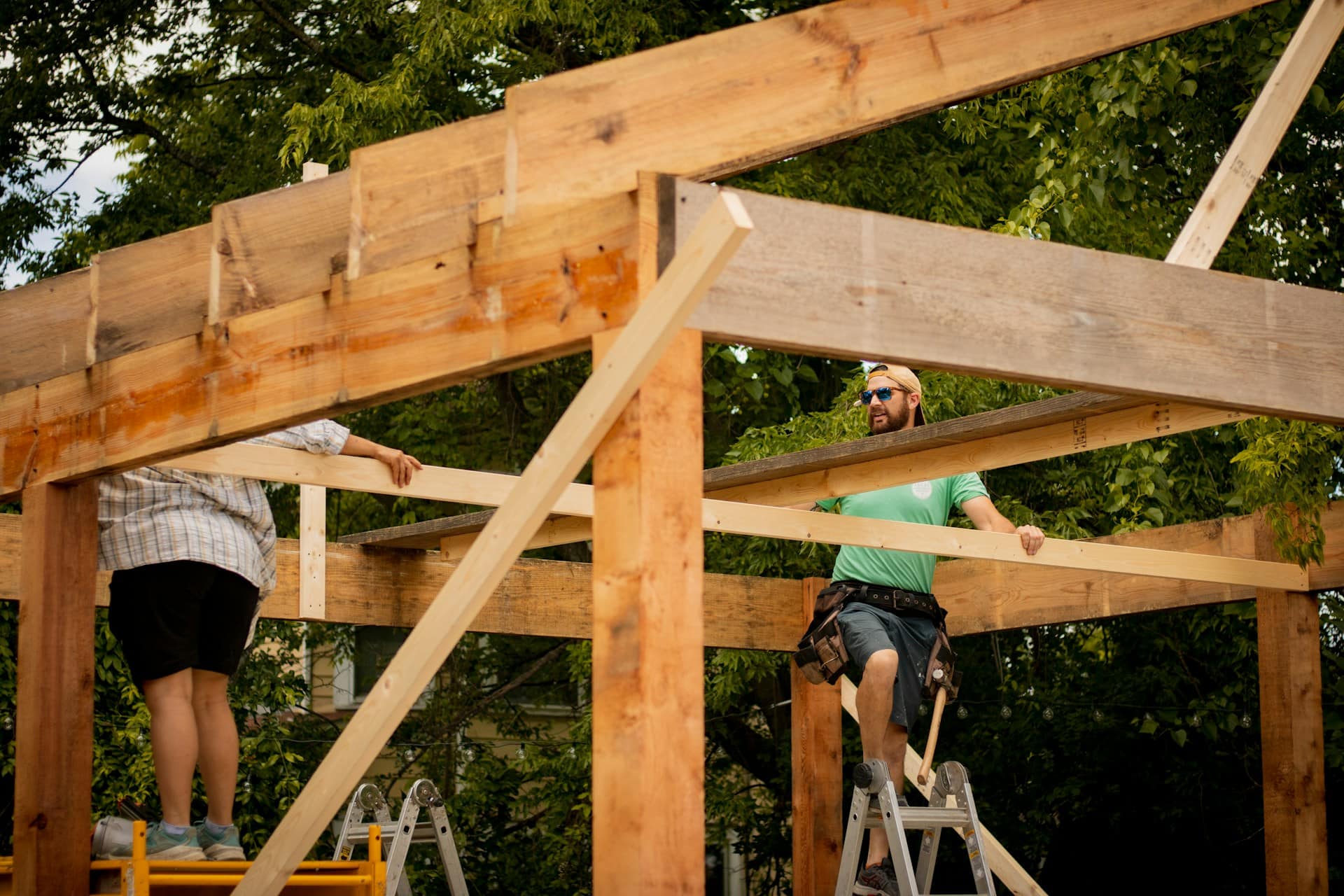
If you have experienced the unreasonable flow of water onto your property or have had a neighbour interfere with the reasonable flow of water onto your property, and this has caused you to suffer loss or damage you may be entitled to compensation.
There are different avenues that individuals may take when seeking a remedy for the flooding of their property due to the actions or omissions of others. The most common action is through an application to the Victorian Civil and Administrative Commission (VCAT) claiming compensation or seeking an order requiring the other person to do something to stop the unreasonable flow of water or interference.
The Water Act 1989
Sections 15 to 21 of the Water Act 1989 (the Act) outline instances where an action may be taken against another person in relation to the flow of water.
Under Section 15 of the Act persons may take civil action against another for the unauthorised taking or use of water or for unauthorised works.
Under Section 16 (1) of the Act an individual’s liability arises where:
- there is a flow of water from the land of a person onto any other land; and
- that flow is not reasonable; and
- the water causes injury to any other person, or damage to the property of any other person, or any other person to suffer economic loss.
The person who caused the flow is liable to pay damages to the other person in respect of that injury, damage, or loss.
Therefore, if your neighbour’s actions have caused an unreasonable flow of water onto your property, causing damage to your real or personal property, that person may be liable to pay compensation for the loss and damage you have suffered.
Similarly, under Section 16 (2) of the Act, where an individual interferes with a reasonable flow of water onto any land or by negligent conduct interferes with a flow of water onto any land which is not reasonable, the person who interfered with the flow is liable to pay damages to that other person in respect of that injury, damage, or loss.
Some situations to which the above might apply include:
- loss or damage because of an unreasonable flow of water onto your property from another property;
- loss or damage because someone has interfered with the reasonable flow of water onto your property; and
- loss and damage because of water flowing onto your property from the works of a water authority, such as a public sewer or stormwater drainage system.
As an example, a property at 12A Smith Road conducts renovation works which have not been authorised by the local council in their back garden. As a result of not having conducted the requisite checks for pipes or telephoning Dial Before You Dig, they hit an underground water pipe. The overflow from the damaged pipe begins to flow onto the property next door at 12B Smith Road. The neighbour’s laundry is situated on lower ground to that of 12A Smith Road and as a result the laundry is flooded causing damage to the flooring, washing machine, dryer, and walls of the laundry.
The tenants or owners of 12B Smith Road may choose to subsequently bring an action against the owners of 12A Smith Road for the unreasonable flow of water onto their property. 12B would be able to claim damages in the form of the costs of repairing the damaged flooring, the replacement of the washing machine and dryer, and the repair costs for the walls.
The action would be filed with VCAT under Section 16 (a) of the Act and actions of this sort would usually need to be brought within 6 years of the damage occurring.
Nuisance
If you have experienced flooding due to the actions of your neighbour or a neighbouring property you may also have an action in tort known as nuisance. Nuisance is an action in tort which provides for damages to be awarded where there is interference with the enjoyment of land which is substantial and unreasonable. If making a claim in private nuisance it is important that your claim is not trivial or unreasonable.
When considering a nuisance claim a court takes into account a number of factors, these include;
- the general nature of your neighbourhood;
- where the interference took place;
- what activity is causing the interference;
- how long the interference lasted and whether it is ongoing;
- the time of day or night the interference occurs;
- the impact the interference is having on you;
- whether the interference was pre-existing when you moved into your property;
- how useful or necessary the activity causing the interference is; and
- what reasonable people would think of the interference.
The court determines whether a nuisance is substantial and unreasonable. This usually means the adoption of a common sense approach and the consideration of the factors set out above.
An action in nuisance requires an application to a court. The court may order in some circumstances that a person stop a certain behaviour or action, this is an injunction. Otherwise, the court may make an order that the neighbour pay compensation (damages).
If you are having any of the issues outlined above with your neighbour, we encourage you to contact our office for assistance.
Recent Articles
News Categories





